An instant water geyser or heater is one of the most useful devices that a household or commercial building can have. It provides us with hot water instantly whenever we need and this water can be used for a varied number of everyday activities. Instant geysers are usually powered by gas or electricity and mostly run without any problems. However from time to time some problems can crop up and need to be resolved immediately to continue availing the many benefits of these appliances. The following is a list of the most common instant geyser problems as well as their causes.
1. Insufficient hot water
PROBLEMS: The most common instant geyser problems include insufficient hot water.
CAUSES and SOLUTIONS:
- One reason for this could be an undersized heater whereas some others include faults with parts such as electric thermostat, gas pilot, heating element or pilot control valve.
- Sometimes, certain parts get loose due to continued use and this too could be the reason for inadequate hot water.
- If you happen to identify the damaged part, you must either get it repaired or replaced.
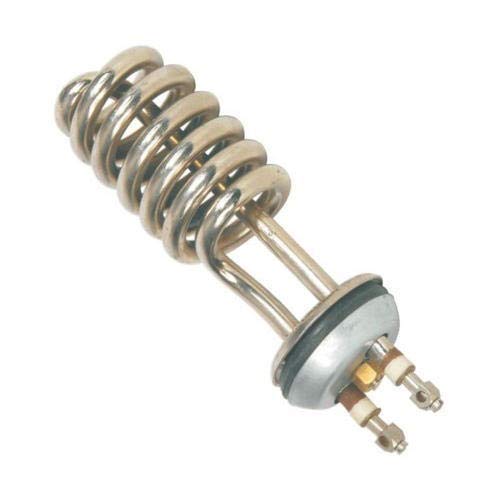
Airex Copper Cup Type Geyser Heating Element Midget
Instant Water Heater (Heating Coil) 3000WIncludes: 1 Unit Of Copper Cup Type Geyser Heating Element (Midget)/Instant Water Heater (Heating Coil) 3000W built with Copper
2. Excessively hot water
PROBLEMS: Another common instant geyser problem is excessively hot water. If you hear sounds of boiling water then this means that water is getting too hot. This may also result in emissions of steam or hot water from the faucets.
CAUSES and SOLUTIONS:
- For this the pressure as well as temperature settings need to be checked and adjustments must be made wherever necessary.
- This could be due to wrong placement of pressure valve as well.
- If any of these parts are damaged, they must be replaced through a professional.
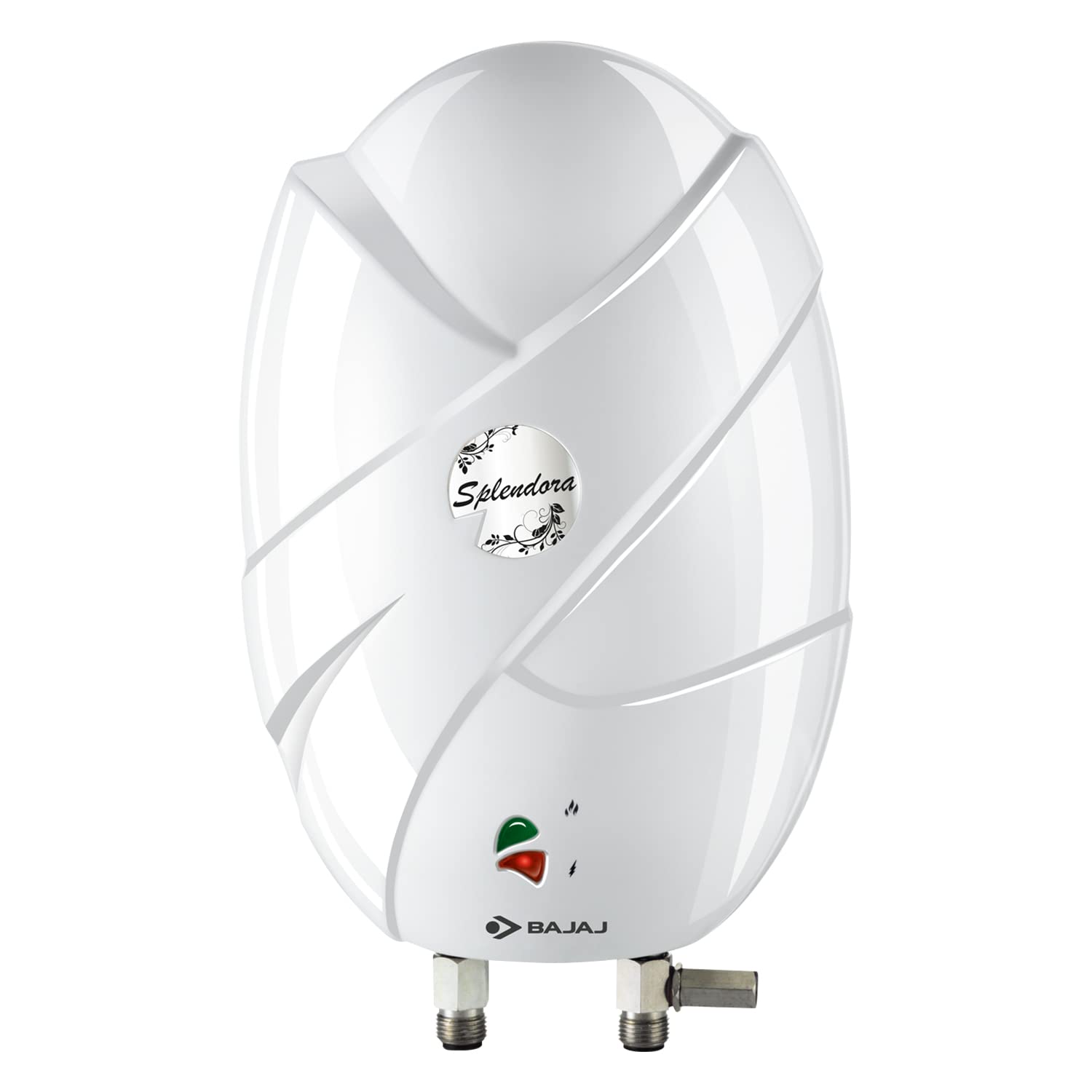
Bajaj Splendora 3L 3KW IWH Instant Water Heater
Corded Electric Water GeyserCopper heating element with efficient longer life. Unique Weldfree joint in outer metal body. It come with fire retardent cable and neon indicator for heating
3. Noisy instant geyser
PROBLEMS: In some cases, instant geysers become too noisy and this too can prove to be a big problem. If you hear popping or rumbling noises coming out from the geyser then this means water boiling at the bottom of the water tank and is because of accumulation of sediment.
CAUSES and SOLUTIONS:
- You can solve this by flushing the water heater.
- If you hear loud high pitched whirring sounds then this is indicative of scale substance accumulation on the heating element.
- You need to clean the tank to resolve this issue.
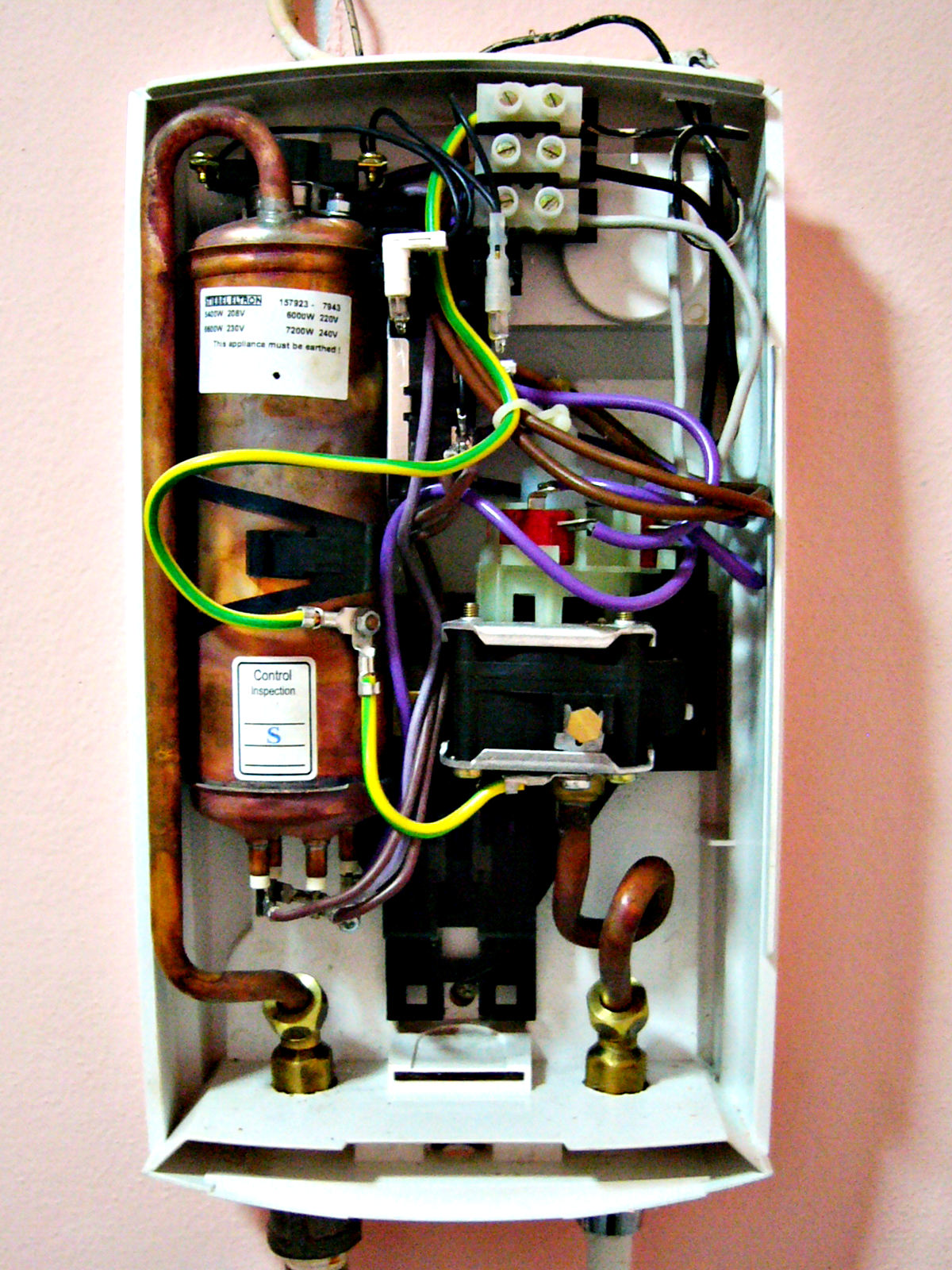
4. Leaking instant geyser
PROBLEM: Another one of the common instant geyser problems is leakage.
CAUSES and SOLUTIONS:
- Some of the common causes of water leaking from instant geyser include corrosion, overheating, excessive pressure and faulty plumbing etc.
- In order to treat overheating, check the thermostat whereas for corrosion, call a professional for replacement.
- Excessive pressure can result in temperature and pressure valves leakage.
- Leaking valves must be changed immediately.
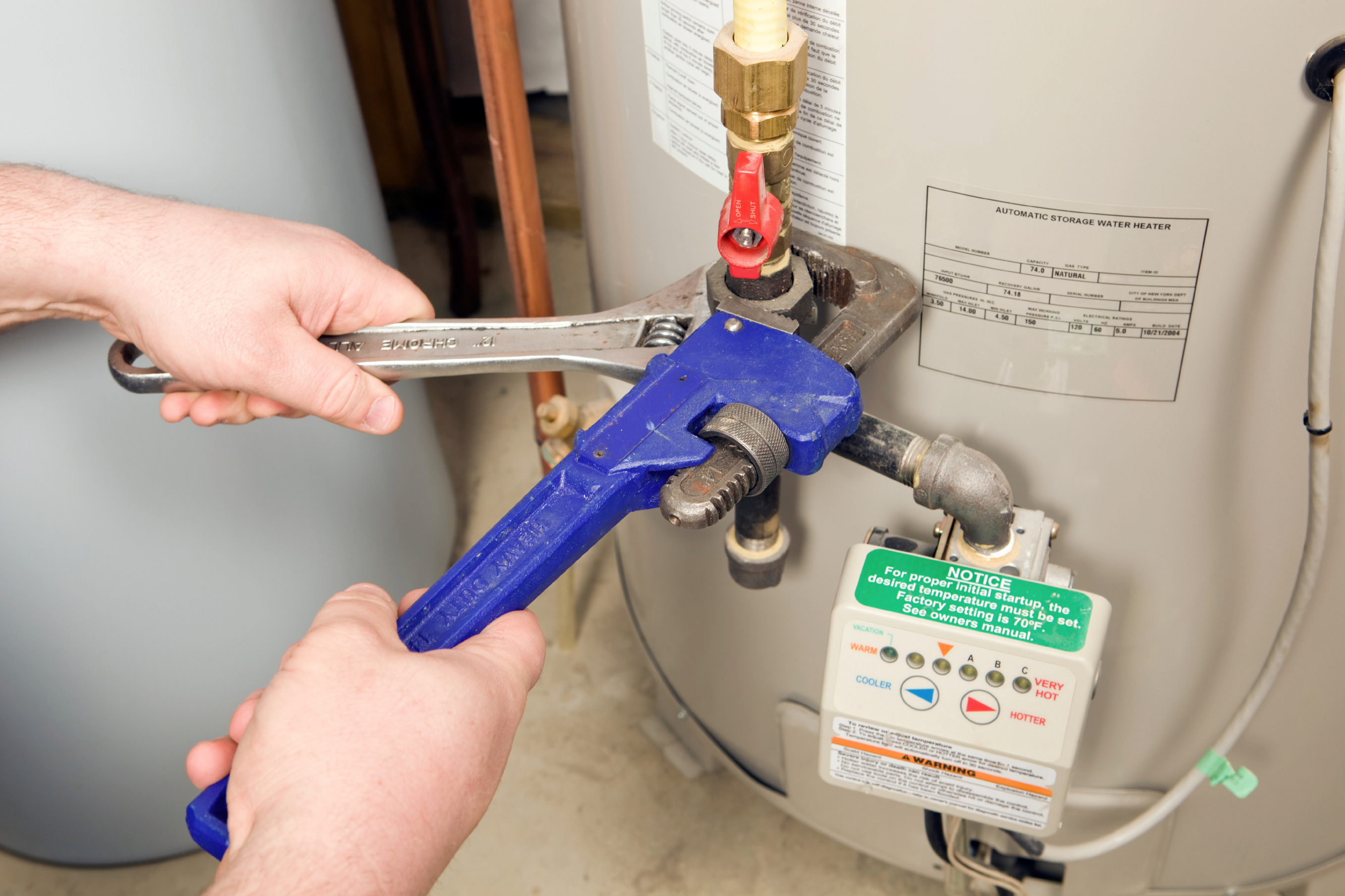
Now that you know the most common instant geyser problems as well as their causes, you can solve the issues either on your own or by contacting a professional electrician. There are many experienced ones available and you can contact one by reaching out to Mr Right for any repair or geyser demo and setup services.
Loading recommendations...

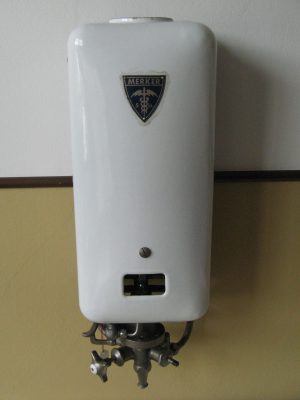
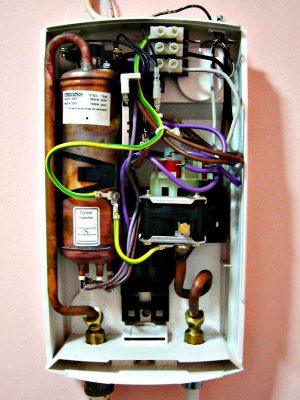
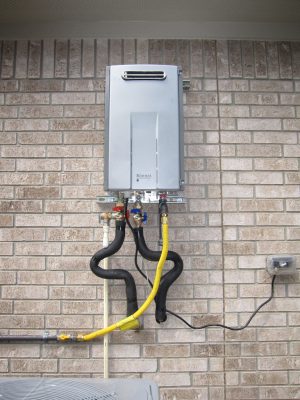
Amazing Content.
Check out
The security vulnerability of the SS7 throughout the worldwide mobile phone infrastructure means that hackers can track mobile users, read texts and emails, and listen to wireless calls. Wi-Fi has also provided a mobile user acquisition where hackers are able to create a ghost network that looks legitimate, but is actually designed to snoop on your privacy and steal your personal information.
I recently purchased atexxon mobil gas station finder
geyser when I have water shortages the geyser is releasing hot water to the cold water taps please help has to why this is happening..
Once I needed to write a paper on home appliances, and it turned out to be too complicated. Luckily, http://essaypapers.revіews/ helped me out
When there was no hope, I found professional essay writing service service. I had no enough time to write my own piece before due date but them completing my sample very fast. I will definitely recommend to my mates, my grade was one of the highest in the class!
Sometimes my Geyser tankless water heater allows too much gas before igniting, and causes a too-loud ignition sound (not quite a “boom” but pretty close). I fear it is a significant safety concern. I have taken off the cover, air blown around the components and vacuumed it out thoroughly (it all looked clean in there), tried adjusting the igniting control up & down and the heat control up & down. Still does it occasionally. Help!
Instant geyser trips after few seconds why?